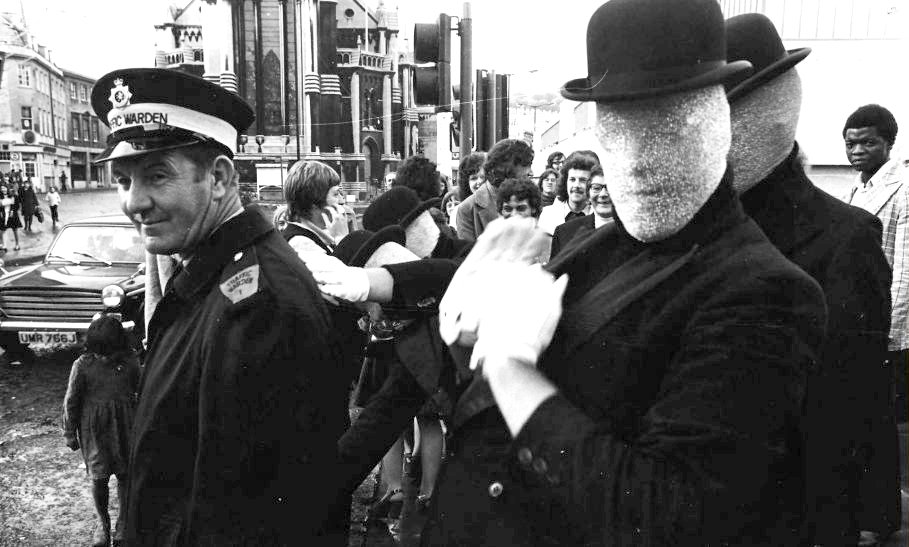In the press
Article in Bath Life
Scene Set, Bath Life, 3-16 December 2021
Returning to Bath after 50 years, I find the streets alive with joyful ghosts: a gaudy band of drummers marching on the Paragon. Windmills and a solar trumpet on Walcot burial field.
Review from Artwork Alliance website
by Adrian Sinclair
Legacy is one of the themes of this lovely book. BAW closed in 1981 but the projects it spawned lived on, some even to this day like the Natural Theatre Company. And the individuals involved took that spirit of possibility with them, creating and developing initiatives from campaigns to reuse reclaimed building materials to the London to Brighton Bike ride. All that in the 50 years since the Workshop first took over a ladies’ hairdressers.
Article in Bath voice
by Harry Motram
The late 60s and early 1970s was seen as a golden age of counterculture in Bath as bands, artists, poets and actors emerged to bring vibrant creative life to the city with an energy whose legacy continues today in venues like the Widcombe Social Club, drama groups like The Natural Theatre Company and various festivals including the Comedy Festival
Byline Times article
by Phil Shepherd
Reconsidering the counter-culture, 7 September 2021
When E.P. Thompson spoke from the Pyramid Stage at the 1983 Glastonbury Festival he reminded a cheering crowd that “England has not only been a nation of money makers and imperialists, it’s been a nation of inventors, of writers, of theatre workers, of musicians, an alternative nation….”
Review from Unfinished Histories newsletter October 2021
With a dazzling array of images, sketches, original publicity and a vivid collection of photos, the book gives a gloriously detailed account of the counterculture scene in Bath from 1969 to 1979 when Bath Arts Workshop was formed together with the linked project Comtek (Community Technology), exploring new ways of creating art and activism with communities, breaking down barriers between media, playing with possibilities, exploring new forms and new audience relationships. A key development was the growth of the brilliantly anarchic Natural Theatre Company and its many offshoots that have sprung from it. With its accounts of each individual member's background, juxtaposing in vivid personal accounts multiple takes on a given moment or project from different group members, the book is a model of its kind. Accounts of Summer festivals featuring everyone from Exploded Eye to Professor Crump to the Strider Dance Company and John Bull Puncture Repair Kit enthral, as do those of the Rocky Ricketts Show, a Natural Theatre piece that grew into its own legend as 'an aging 50s rock star made a comeback with a rock n' roll band and his fabulous Rockettes'. Like Inter-Action and Action Space and Welfare State, BAW introduced numerous artistic vocabularies that continue to mark practice today, but within a scene sadly shrunk from the sheer ebullient creativity of these early years. A book not to be missed.





